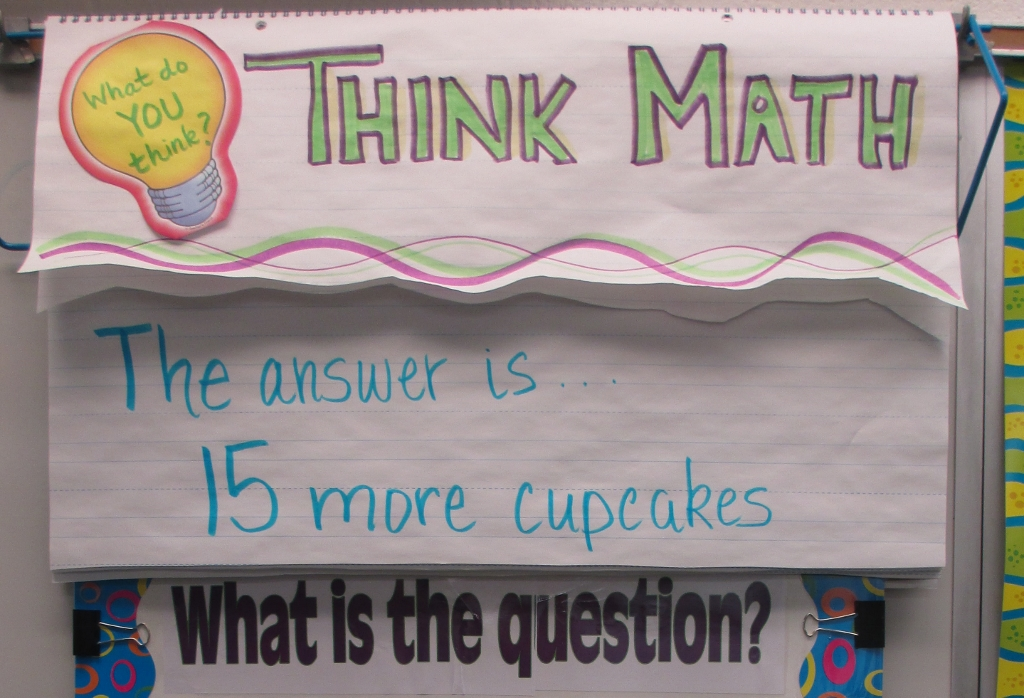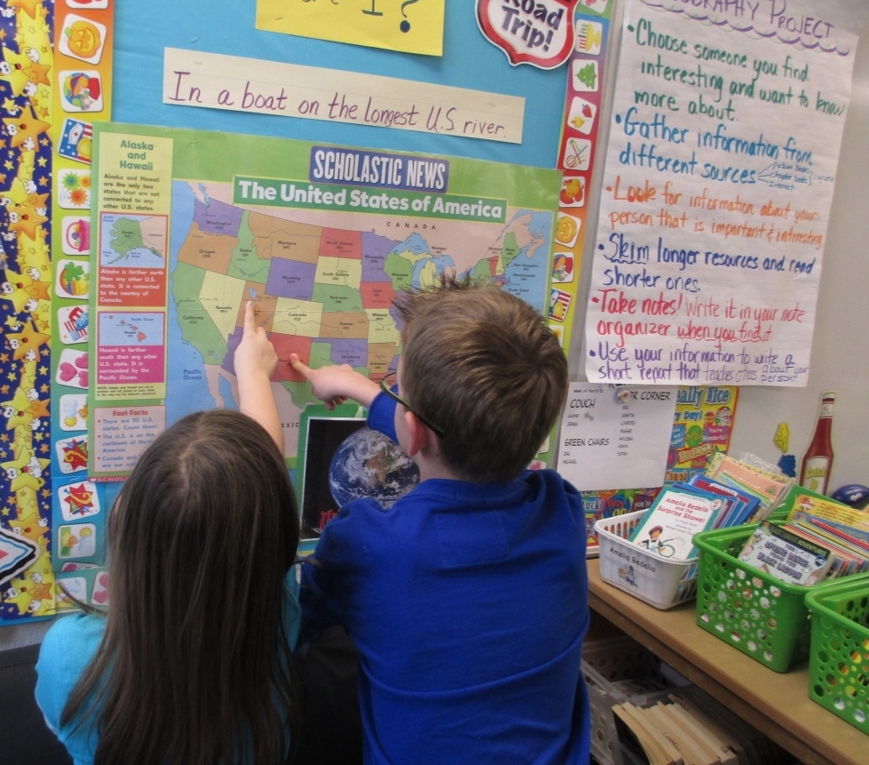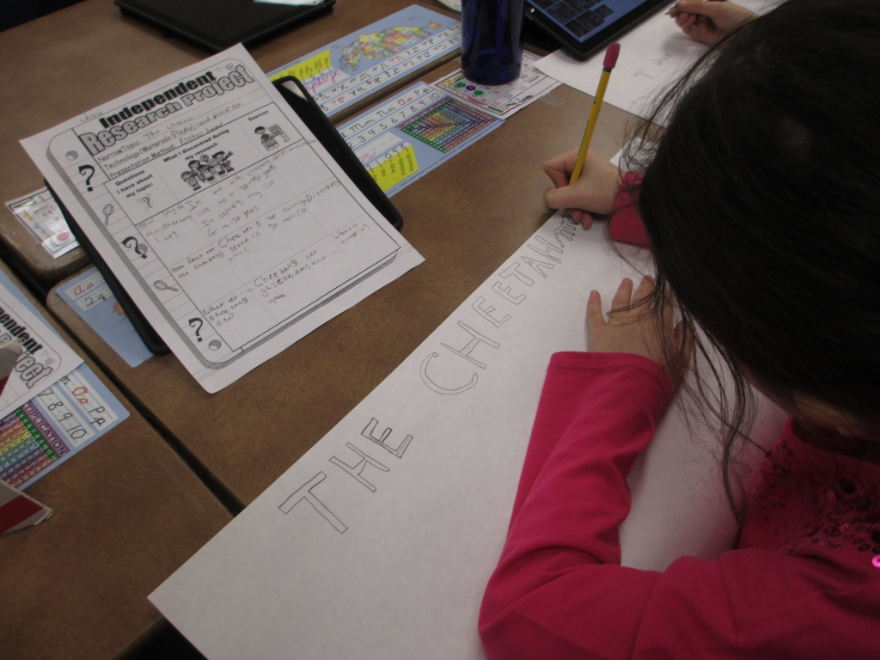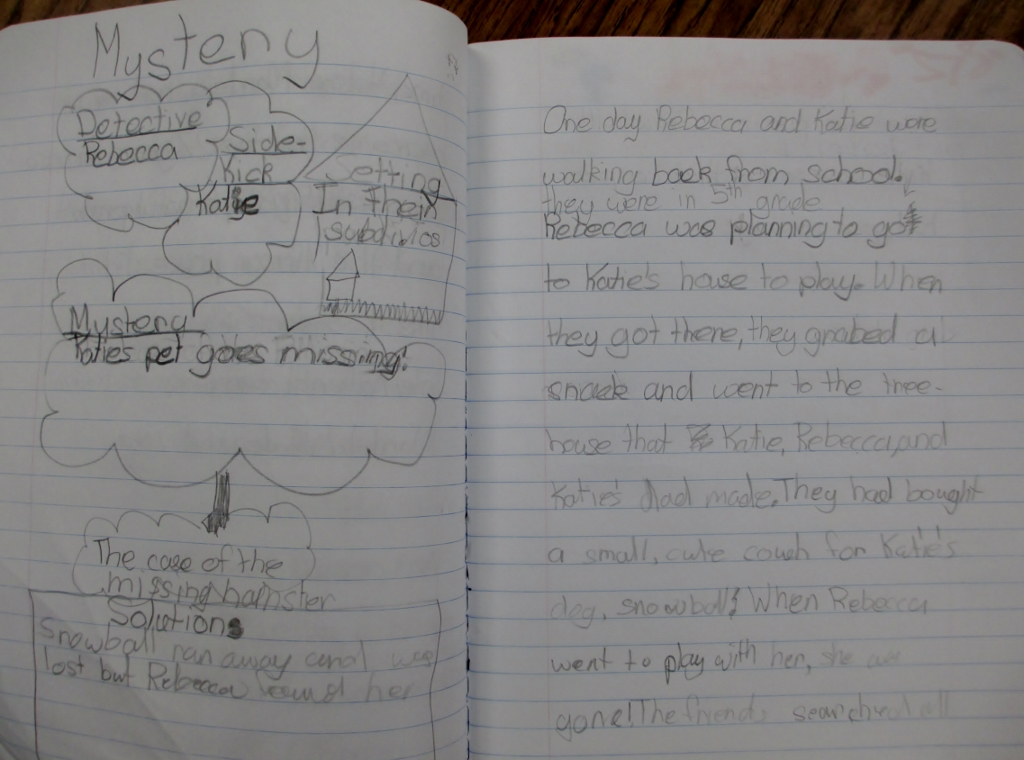In Connell’s class, the back of each writer’s notebook has space reserved for students to take part in free writing. While some students use this space to jot down random thoughts, many are working on writing their very own chapter books! Connell says that, “frequently, students share their latest chapter with me, which leads to some of the most authentic and worthwhile conversations we have about their writing.”
At the beginning of every month, Connell gives each student a packet filled with activities that complement the curriculum and which can be worked on when they have a few spare minutes. This is also the perfect place to put practice pages for any subject that needs more focus. Connell tries to incorporate enrichment material from the following areas in every packet:
Themed cover for open-ended writing or drawing
Logic and reasoning problems
Reading comprehension
Language application and foundational skills
Writing prompts for poetry, narrative, opinion, and expressive pieces
Map work
Science activities
Internet scavenger hunts
Vocabulary work
Once you create this packet, it can be easily copied and saved for subsequent years. It is also a great resource for guest teachers to have. You can find engaging practice pages here, or from resources such as Scholastic Teachables.




